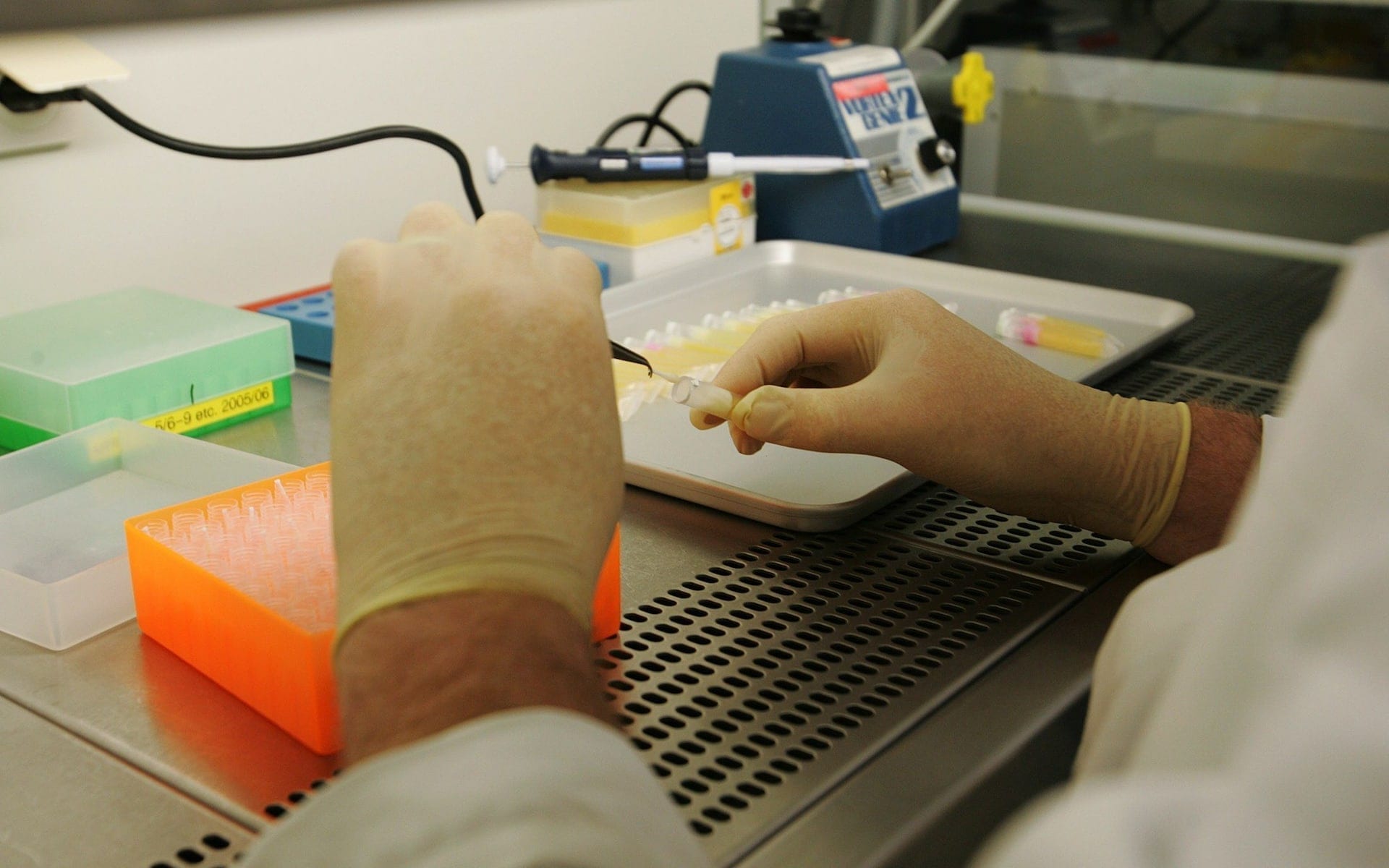Just a week before Congress left for its wintertime recess, the government lifted a long-standing ban on the creation of lethal viruses.
Dr. Francis Collins, director of the National Institutes for Health, made the announcement with an important explanation. According to the physician, continued research into deadly viruses is necessary to “develop strategies and effective countermeasures against rapidly evolving pathogens that pose a threat to public health.”
If a scientific review panel determines that the benefits of research outweigh its inherent risks, experimentation will begin. Three viruses have already been approved for use, pending the panel’s conclusion.
“We have a responsibility to ensure that research with infectious agents is conducted responsibly, and that we consider the potential biosafety and biosecurity risks associated with such research,” said Collins in another statement.

The decision, CNN reports, brings an end to a three-year moratorium on research utilizing the influenza virus, severe acute respiratory syndrome (more frequently referred to by its acronym, SARS), and Middle East respiratory syndrome (MERS). Critics, according to CNN, are fearful increased use of the pathogens could lead to disaster.
But prominent figures in health have been supportive of the return to pathogen research.
“I believe nature is the ultimate bioterrorist and we need to do all we can to stay one step ahead,” said Samuel Stanley, chairman of the National Science Advisory Board, which provided guidance on the government and NIH’s decision. “Basic research on these agents by laboratories that have shown they do this work safely is key to global security.”
The moratorium was initially implemented to give the federal government better time to understand and evaluate the dangers associated with the storage and handling of lethal viruses. Several incidents related to the mishandling of pathogens were reported before the break, including the accidental exposure of several dozen Center for Disease Control and Prevention employees to anthrax. An investigation found the accident came about through employee negligence.
Around the same time, vials of smallpox virus were found in an unsecured refrigerator at the National Institutes of Health’s campus in Maryland.
Smallpox – largely vanquished since the 1970s and 80s – was responsible for the eradication of millions of indigenous peoples during the European conquest of the Americas.
Former director of the CDC Tom Frieden applauded the possible decision to return to volatile pathogen research, saying further studies would “help scientists understand how dangerous organisms work, with the ultimate goal of learning how to stop them.”
“There’s benefit to be gained from this research, but only if lab safety is a top priority and limited to a small group of highly trained staff,” said Frieden, who now serves as the president and CEO of Resolve to Save Lives.


Join the conversation!